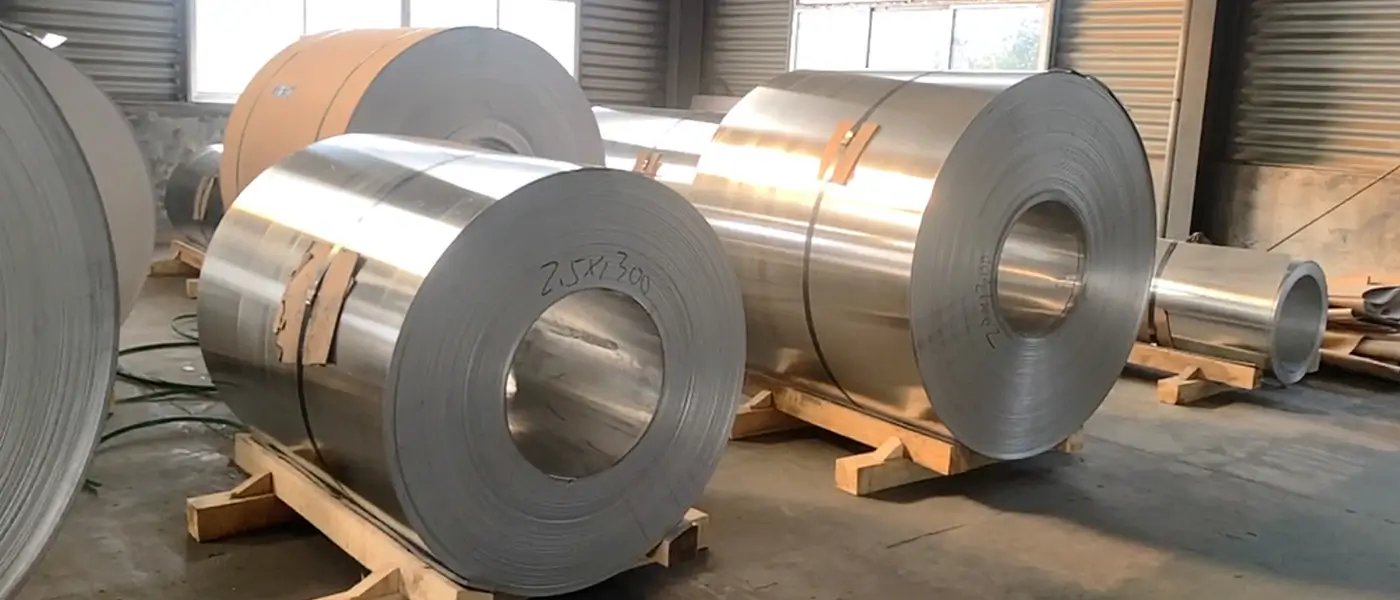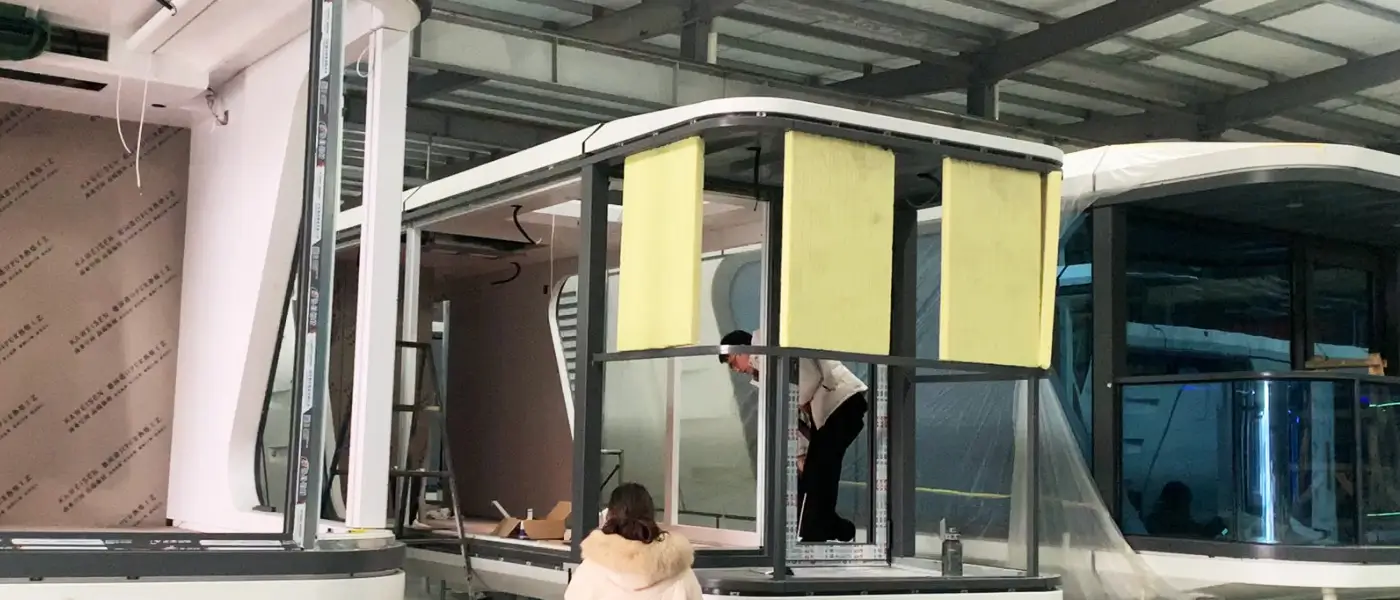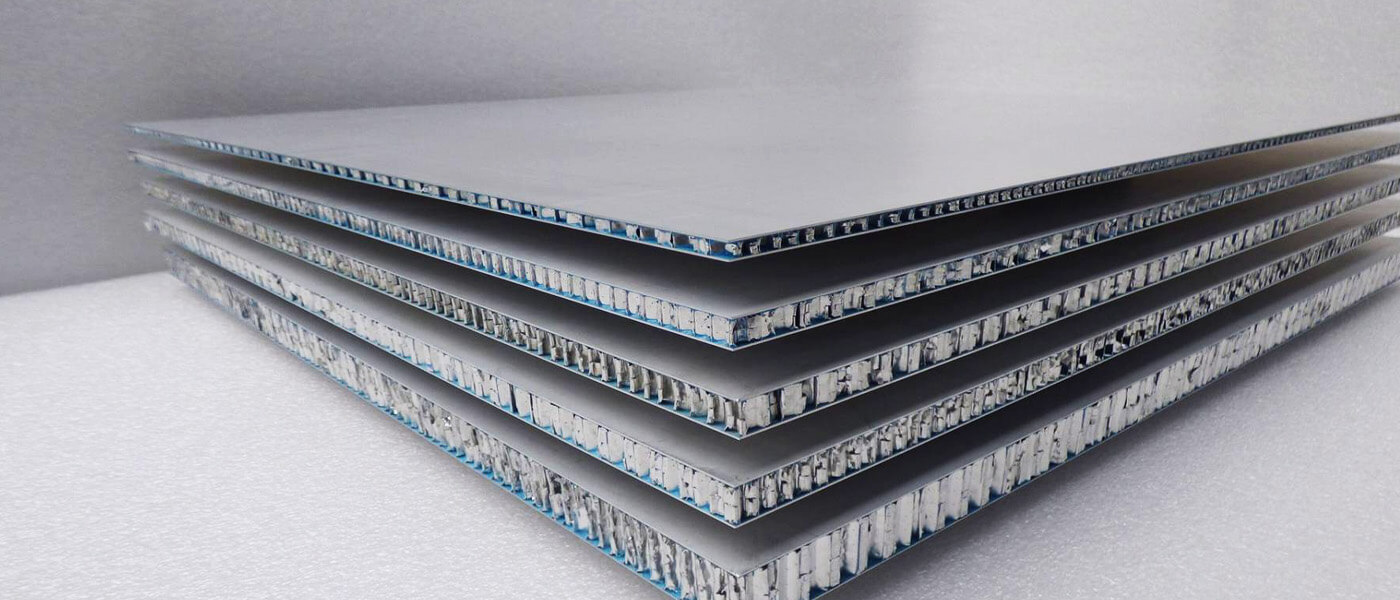- Qui sommes-nous
- Produits
- Capsule House Série A
- Capsule House Série K
- Apple Cabin Série E
- Capsule House Série X
- Petite maison
- Maison flottante
- Capsule House Série U
- Apple Cabin Série D
- Capsule House Série M
- Capsule House Série H
- Capsule House Série Y
- Capsule House série N
- Capsule House Série T
- Stations de service
- Capsule House Série S
- Projet
- Usine de chars
- Services
- Media Hub
- Contactez-nous




